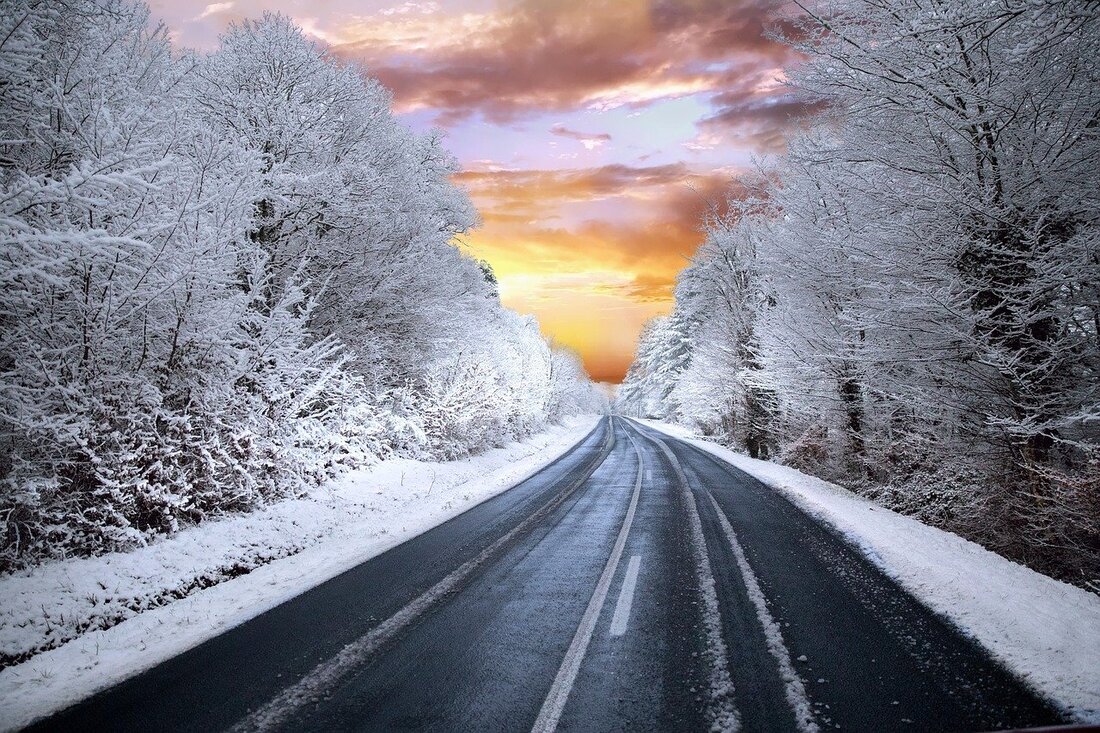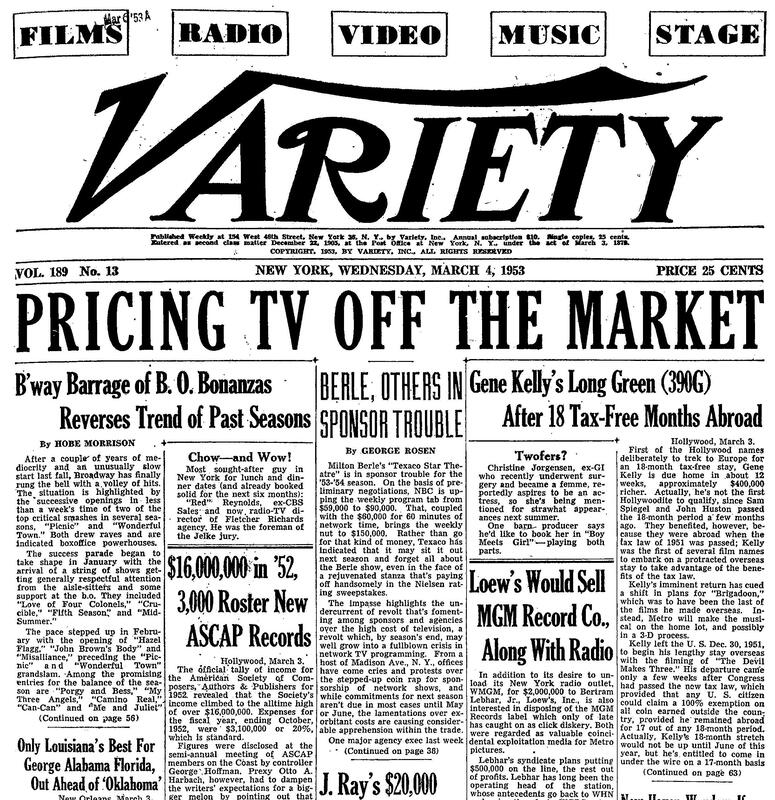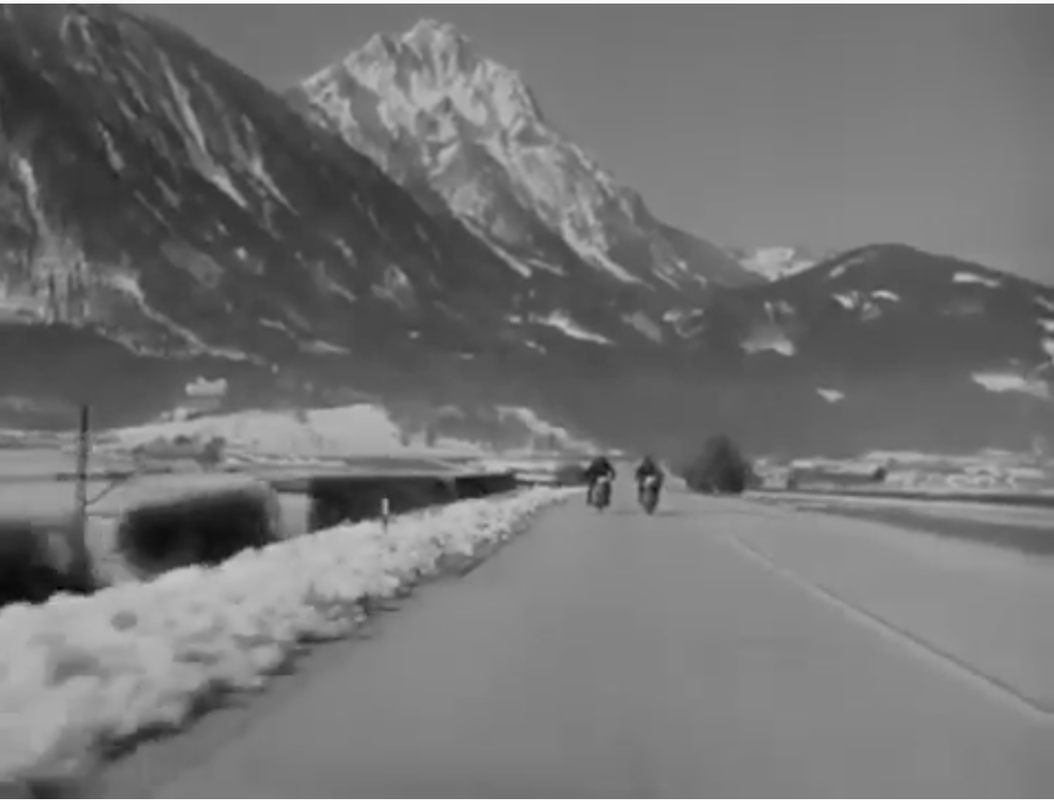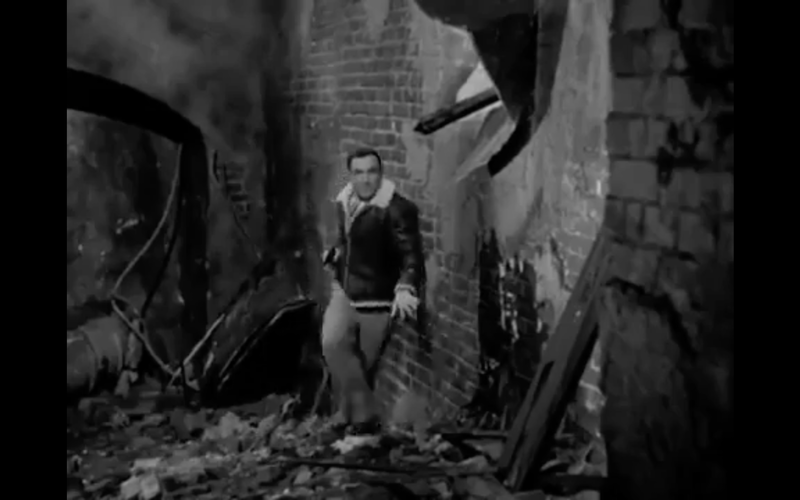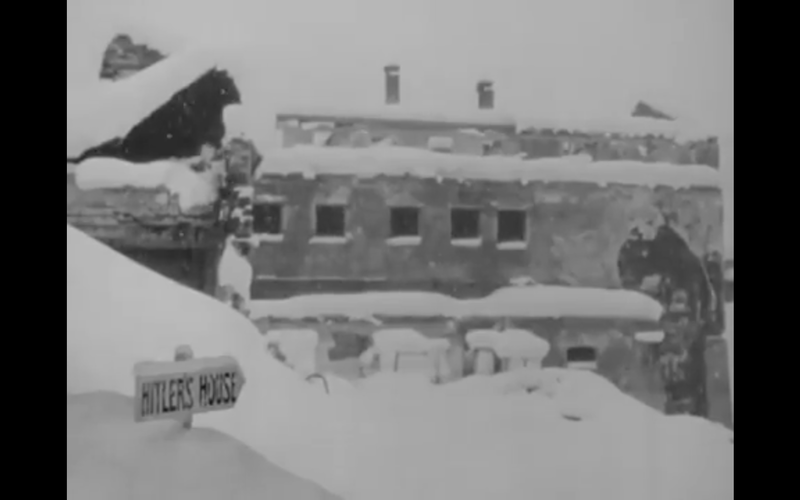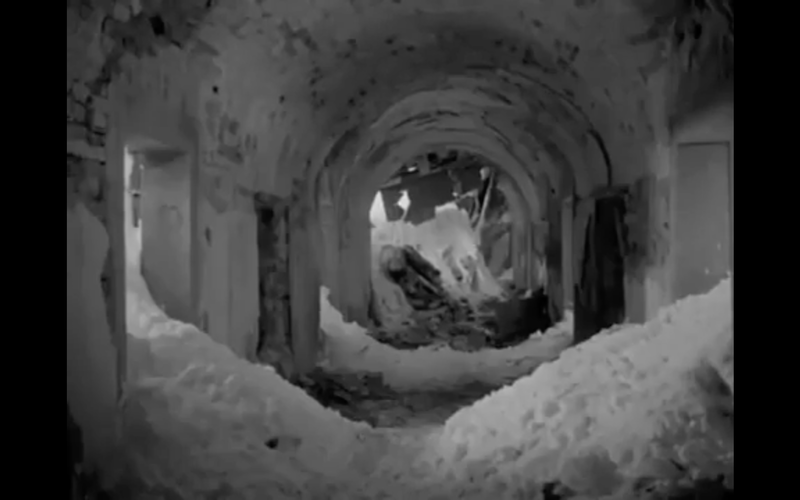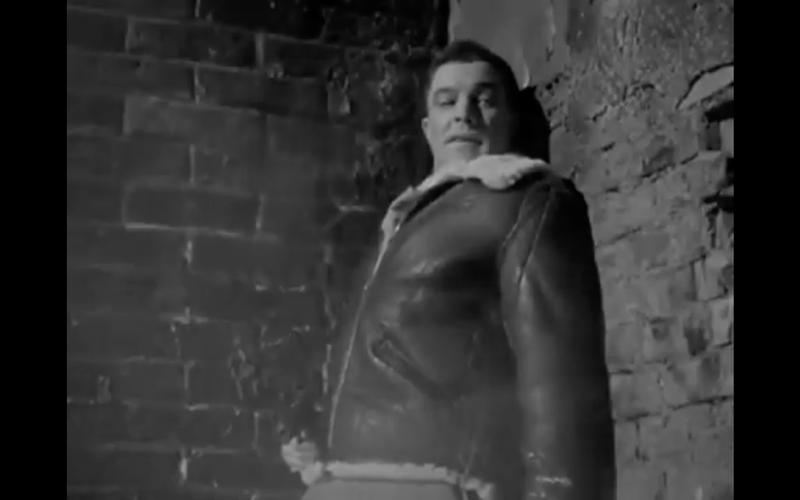5 Reasons to Watch The Devil Makes Three
BY ENDRE GERGO
This post is part of the series 5 Reasons You Should Watch..., which encourages fans to explore Gene Kelly's lesser-known movies and TV appearances.
This post is part of the series 5 Reasons You Should Watch..., which encourages fans to explore Gene Kelly's lesser-known movies and TV appearances.
